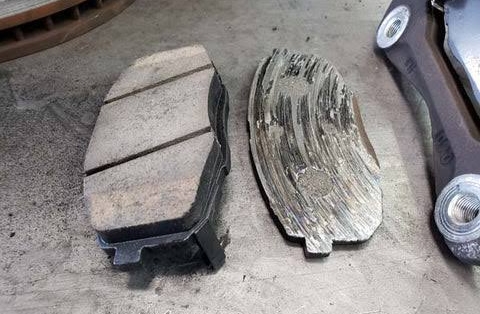Travel Tips
Lokoja-Abuja Road: Why Accidents Are Constant Here

The Lokoja-Abuja Expressway, a critical link between Nigeria’s northern and southern regions, has become a nightmare for motorists.
Also Read: Family of 4 Perish on Abuja-Lokoja Highway
Despite being one of the busiest roads in the country, it remains riddled with deep potholes, inadequate signage, and dangerous curves that contribute to a growing list of fatal accidents.
Over the past six months, this 165-kilometer stretch has witnessed more than 120 recorded crashes, according to FRSC data. Many drivers now refer to it as “The Corridor of Death.”
Why the Road is So Dangerous
1. Poor Maintenance
Years of neglect have left large sections of the road in a state of disrepair. Potholes, some deep enough to damage a vehicle’s suspension in one hit, force drivers into sudden lane changes, often leading to head-on collisions.
2. Traffic Volume
The road serves as the main entry into the Federal Capital Territory (FCT) from the south, making it heavily trafficked by trucks, buses, and private vehicles. Peak hours can see traffic stretching for over 5 kilometers at bottlenecks.
3. Driver Behavior
Impatience is rampant. Commercial drivers, under pressure to meet time targets, frequently engage in dangerous overtaking, particularly on blind bends near Abaji and Gegu villages.
4. Weather Hazards
During the rainy season, poor drainage causes sections of the road to flood, creating hydroplaning risks and further obscuring already faded road markings.
Hotspots for Accidents
FRSC reports identify these locations as the most dangerous:
- Gegu Junction – notorious for truck collisions
- Abaji Hills Bend – poor visibility and sharp curves
- Zuba–Lokoja stretch – heavy commuter congestion and roadside markets
Voices from the Road
- Ahmed Bello, a long-distance bus driver: “Every trip is a gamble. You either lose time avoiding potholes or risk your life overtaking slow trucks.”
- Ngozi Okeke, a trader: “We’ve seen too many bodies on this road. Government must act before more lives are lost.”
Government Response
The Federal Ministry of Works announced in April 2025 that a ₦45 billion rehabilitation project had been approved. However, only patchwork repairs have been carried out so far, leading to skepticism among road users.
An official from the ministry, speaking under anonymity, admitted that funding disbursement delays have stalled progress.
Safety Recommendations for Drivers
- Avoid nighttime travel when visibility is low and streetlights are absent.
- Keep a longer following distance, especially behind heavy-duty trucks.
- Plan extra travel time to avoid rushing on dangerous stretches.
- Use alternate routes where possible during heavy rain.
Expert Opinion
Transportation analyst Engr. Salisu Umar warns that fixing the road alone will not end the fatalities:
“We need stricter driver licensing, mandatory speed governors for commercial buses, and designated truck lay-bys. A good road without disciplined drivers will still kill.”
Conclusion
The Lokoja-Abuja Road is more than just an infrastructure project waiting for completion, it is a daily battle for survival for thousands of Nigerians. Until the combination of road repairs, strict law enforcement, and driver education comes together, the tragedies will continue.
References:
- Federal Road Safety Corps – Mid-Year Crash Statistics, January–June 2025
- Federal Ministry of Works – Road Rehabilitation Budget Report (April 2025)
- RoadKing.ng archives – Lokoja–Abuja safety feature (2024)

















